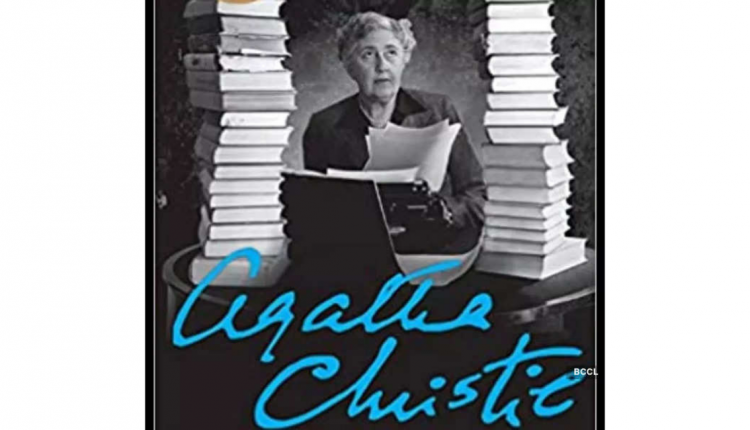From archaeologist to nurse to author, how Agatha Christie turned into a crime fiction novelist
on Nov 12, 2021

The Queen of Crime Fiction, Agatha Christie has been reigning over the cosmos of crime fiction since the 1920s. Even to this day, she is inextricably associated with, and synonymous to, crime. The bestselling crime fiction writer of all time, Christie was an accidental author and not one who grew up wanting to be one.
Born in Torquay to upper-middle class parents, she moved to Paris at the age of 16 to study vocals and piano; she was an archaeologist by profession later in life. Having authored 66 murder mysteries, Christie freely admitted to knowing nothing of ballistics. Most of her books feature characters that die because of poisoning, to the extent that more than 30 characters from her books were poisoned to death. The connection to crime and poisons dates back to her training as a nurse during World War I when she trained and worked under a pharmacist. Prescriptions at the time were written in hand and she had to write prescriptions by herself at the hospital dispensary where she was stationed. She gained a fair knowledge of the use of poisons and their dosage. It is interesting to note that the pharmacist, who she worked under, carried a dose of Curare, a chemical that causes death by paralysis and asphyxiation, in his pocket at all times. When asked as to why he carried such a lethal element with hm , the pharmacist proved his likeness to one of Christie’s characters when he mentioned the sense of satisfaction that accompanied carrying such a dangerous substance “It makes me feel powerful” he told the author. He was later found to be administering a batch of suppositories with 10 times more medication than required. Christie noticed this and prevented the doses from being administered to patients by deliberately dropping the batch to the floor and apologizing later. The next batch was properly prepared and obviated any such dramatic acts.
Pharmacology Professor Michael Gerald studied Christie and published a book in 1993 called ‘The Poisonous Pen of Agatha Christie’ which lists his favourite poisons and their use. It is not a difficult task to notice how the narrative in her novels centres primarily around poisons and the related chemistry including the availability, symptoms, methods of detection, and antidotes, instead of the psychological or emotional make-up of the murderer, making the plot into an elaborate puzzle which has no particular formula of being solved and keeps the reader guessing till the very end, reaffirming the author and reader’s faith in the ‘Whodunit’ formula’s effectiveness.
Credibility and acclaim find their way to Christie’s work because of the extremely reliable sources that she refers to for her writing. In Christie’s day and age, chemicals were used to commit suicide and murders by people who ate phosphorus laden end of matches to take their own lives or administered Arsenic to anyone who they wanted out of their way. Christie’s plots thus involve deaths by administering poisons, both rare and common, through food items and drinks instead of any other obscure pathways which are difficult to accommodate in her plots. The aforementioned supervising pharmacist who was the source of Christie’s primary connection to poisons and criminal psychology, also features in Christie’s 1961 novel ‘Pale Horse’ and this becomes the defining instance of how her real life engagement with poisons and chemistry paved the way for her writing journey which immortalized her.



.jpg)






.jpg)

.jpg)
.jpg)

.jpg)
.jpg)
.jpg)










Sorry! No comment found for this post.